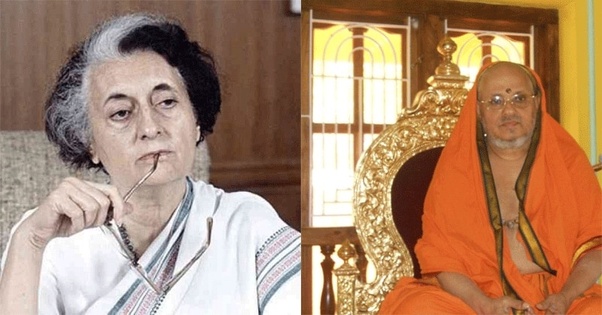Kesavananda Bharati vs State Of Kerala Case

In the case of ‘Kesavanand Bharti Vs State of Kerala,’ the Supreme Court issued a major decision in 1973, stating that ‘the Basic structure of the Preamble of the Constitution cannot be altered.
This case was brought by Kesavanand Bharti. He was dubbed as the ‘Protector of the Constitution’ as a result of this judgement, despite the fact that the issue for which he went to court was different.
In Kerala, there is a Hindu monastery called Idnir. The monastery’s head was Kesavananda Bharati. Bharti had launched a lawsuit against the Kerala government’s land-reform legislation, which were enacted with the goal of giving land to the landless. He also challenged the 29th Amendment to the Constitution, which placed the Kerala Land Reforms Act, 1963 in the Constitution’s Ninth Schedule. As a result, this law was unable to be challenged since it would have infringed on constitutional rights. The Supreme Court was asked in 1973 whether Parliament had the authority to amend the Constitution’s original Preamble through this case. While Bharti did not get any personal benefits as a result of the lawsuit, the ‘Kesavanand Bharti versus State of Kerala’ case resulted in the establishment of an important constitutional principle that limited Parliament’s ability to amend.
The case was heard for 68 days, and the verdict was handed down by a 13-judge panel led by Chief Justice SM Sikri.
‘Parliament has the power to amend the Constitution, but the basic structure of the Preamble of the Constitution cannot be changed, and no amendment can be against the spirit of the preamble,’ seven judges out of a bench of thirteen decided by majority that ‘Parliament has the power to amend the Constitution, but the basic structure of the Preamble of the Constitution cannot be changed, and no amendment can be against the spirit of the preamble.’
This decision was especially significant because it emphasised the importance of the Constitution.
“The basic structure of the Constitution was defined as judicial review, secularism, a free electoral system, and democracy, and it was clarified that Parliament’s powers cannot interfere with the basic structure of the Constitution; the Preamble of the Constitution is its soul, and the entire Constitution is based on it.”
Note
Many international constitutional courts were also influenced by the landmark Kesavananda Bharti versus State of Kerala judgement.
This landmark ruling was cited by several international courts. According to Live Law, in Anwar Hussain Chaudhary v. Bangladesh, the Supreme Court of Bangladesh accepted the original structural theory 16 years after Kesavananda’s judgement. The Belize court adopted the basic structure concept in Berry M. Bowen v. Attorney General of Belize, citing the Keshavanand and IR Coelho cases. The case of Keshavanand drew the attention of the African continent as well. Kenya, Uganda, and the African island of Seychelles all voiced confidence by alluding to the Keshavanand case’s landmark judgement.

